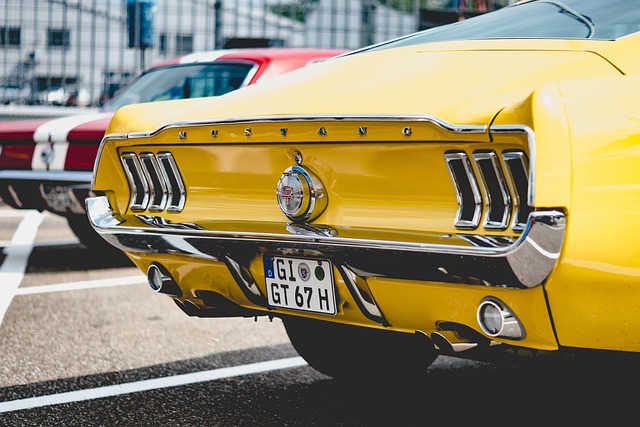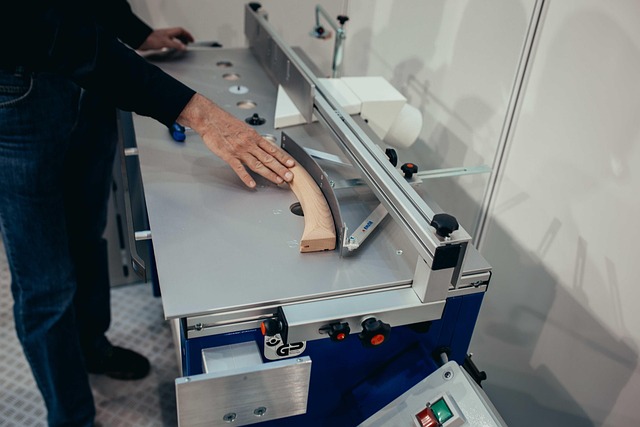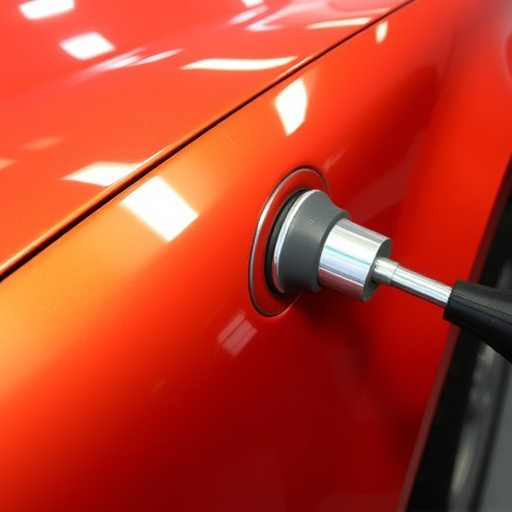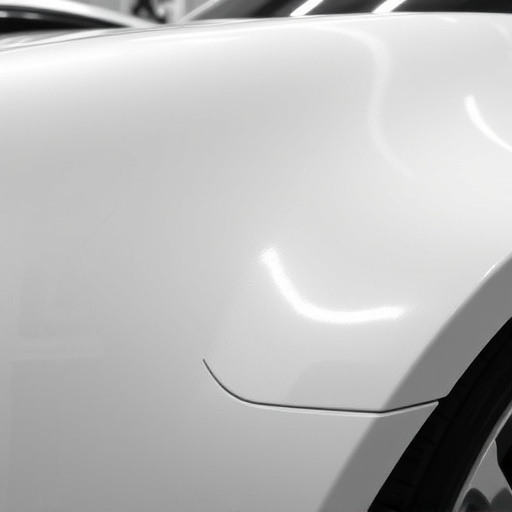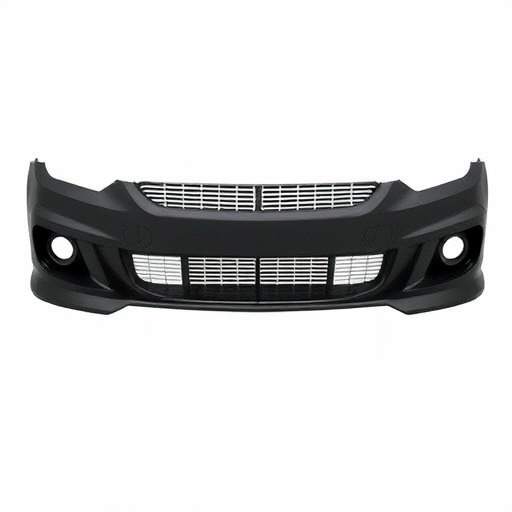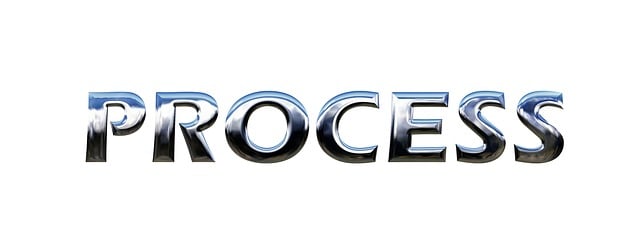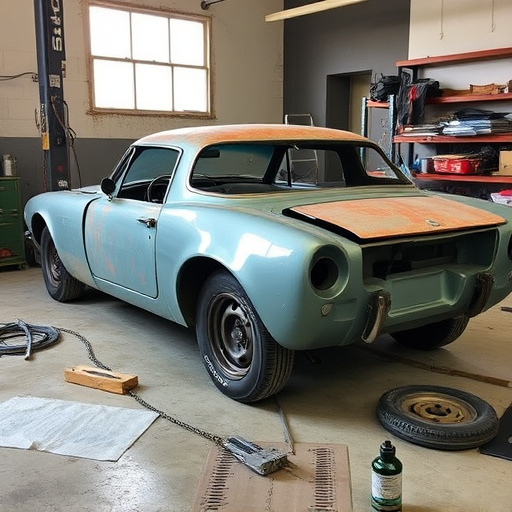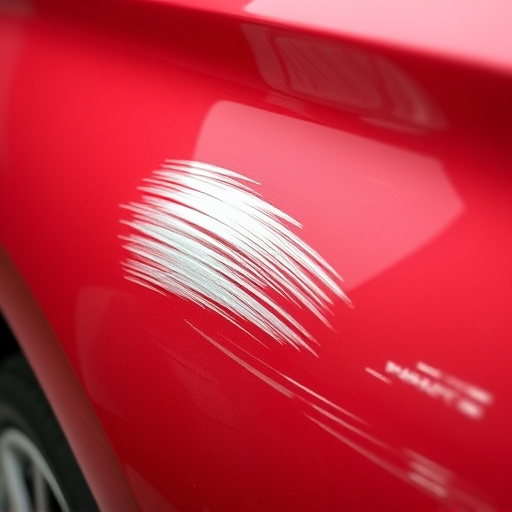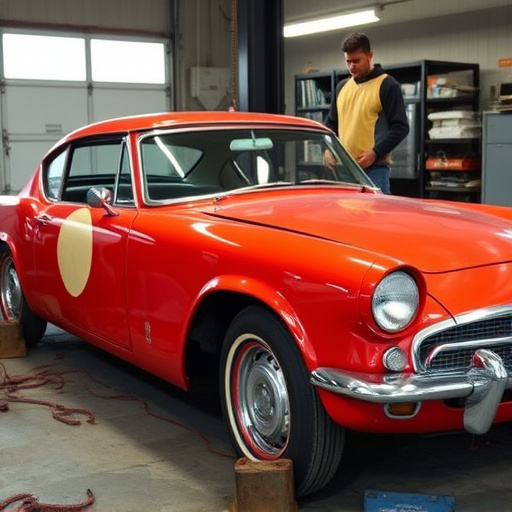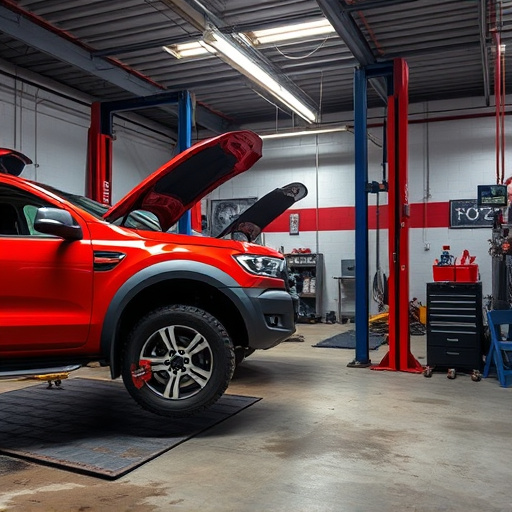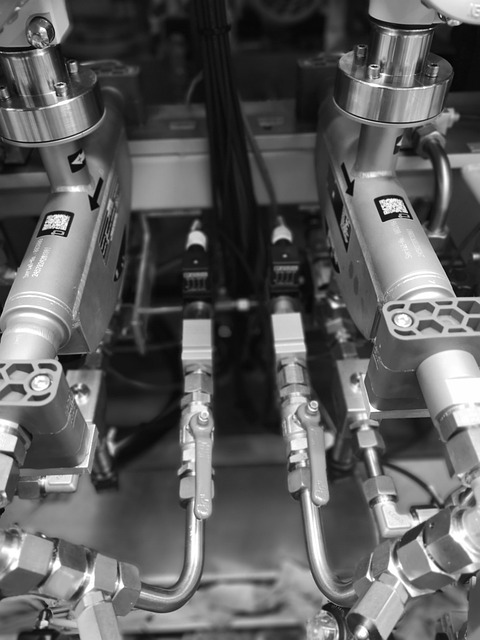PDR (Paintless Dent Repair) techniques have revolutionized auto body restoration, evolving from manual dexterity to advanced tools like air guns and hydraulic systems. This has made car collision repair more cost-effective and environmentally friendly, with PDR technicians addressing complex dent patterns efficiently. While reducing customer downtime and operational costs, it requires specialized training and equipment, necessitating partnerships with certified PDR technicians. For major damage, traditional methods remain crucial, but the future of automotive repairs lies in skilled PDR technicians offering precise, efficient, and versatile solutions for diverse dent repair needs.
“Discover how PDR (Paintless Dent Repair) technician techniques have transformed the automotive repair industry. From their humble beginnings, these skilled professionals have evolved with cutting-edge methods, revolutionizing dent removal without paint loss. This article explores the significant changes PDR has brought to repair businesses, highlighting both the advantages and challenges. We also delve into the future of automotive repairs, examining the pivotal role PDR technicians play in fostering innovation and shaping the industry’s trajectory.”
- The Evolution of PDR Technician Techniques
- Impact on Repair Businesses: Advantages and Challenges
- Future of Automotive Repairs: PDR Technicians' Role in Innovation
The Evolution of PDR Technician Techniques
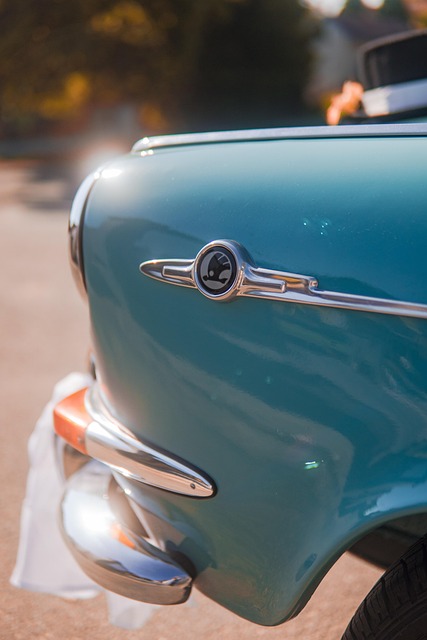
The techniques employed by PDR (Paintless Dent Repair) technicians have undergone a remarkable evolution over the years, transforming the landscape of auto body restoration and car collision repair. Initially, the process was predominantly manual, relying on skilled technicians’ dexterity to push out dents without painting or significant body work. This traditional method, though labor-intensive, showcased the technician’s artistry and precision.
With advancements in technology, PDR techniques have become more sophisticated. Modern tools, such as specialized air guns and advanced hydraulic systems, now assist technicians in handling complex dent patterns and achieving faster, more accurate results. These innovations not only streamline the auto body painting process but also enable technicians to tackle once-challenging repairs with ease. The evolution of PDR has made car collision repair more efficient, cost-effective, and environmentally friendly, appealing to both customers and businesses alike.
Impact on Repair Businesses: Advantages and Challenges

The introduction of PDR (Paintless Dent Repair) technician techniques has brought about a significant transformation in the automotive repair industry. For repair businesses, this shift has presented both advantages and challenges. On one hand, PDR offers a cost-effective and time-saving solution for minor dents and scratches, reducing the need for traditional auto painting and fender repair methods. This not only minimizes downtime for customers but also lowers operational costs for repair shops, allowing them to cater to a broader customer base with competitive pricing.
However, while PDR has simplified certain repairs, it also poses challenges. Specialized training and equipment are required to master PDR techniques effectively. Repair businesses must invest in these resources or partner with certified PDR technicians to stay competitive. Moreover, for complex damage or severe collisions, automotive collision repair methods still hold their ground, requiring skilled professionals and specialized facilities that PDR alone cannot address. Balancing the benefits of PDR with the need for versatile service options has become crucial for businesses aiming to thrive in today’s market.
Future of Automotive Repairs: PDR Technicians' Role in Innovation
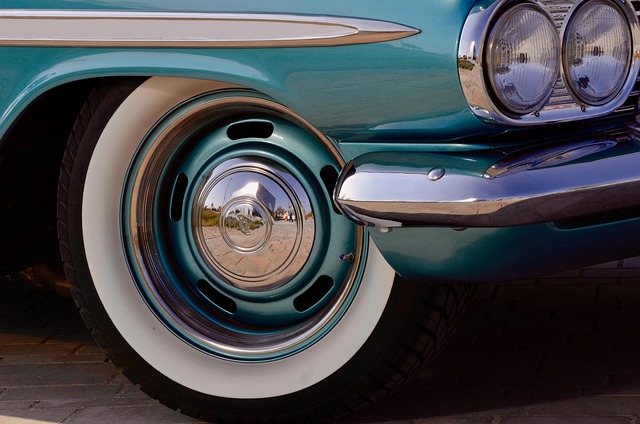
The future of automotive repairs is here, and PDR technicians are at the forefront of this revolution. As technology advances, the role of these skilled professionals continues to evolve, driving innovation in the industry. With advancements in tools and techniques, PDR technicians are now able to offer more precise and efficient car dent repair solutions. Their expertise extends beyond simple auto frame repair; they can address complex structural damage with precision, ensuring that every vehicle leaves the collision center as good as new.
This shift has not only improved customer satisfaction but also opened doors for more specialized services. PDR technicians are now equipped to handle a wide range of repairs, from minor dents and dings to major collision damage, all while leveraging their technical prowess to enhance the overall repair process. As the demand for quick, effective, and affordable car dent repair continues to grow, the role of PDR technicians will only become more pivotal in shaping the future of the automotive repair business.
The evolution of PDR technician techniques has undeniably reshaped the automotive repair industry. These specialized professionals have not only mastered advanced restoration methods but also adapted to innovative technologies, ensuring precise and efficient repairs. As we look towards the future, PDR technicians will continue to play a pivotal role in driving industry progress, combining their expertise with cutting-edge tools to deliver superior vehicle restorative services.
